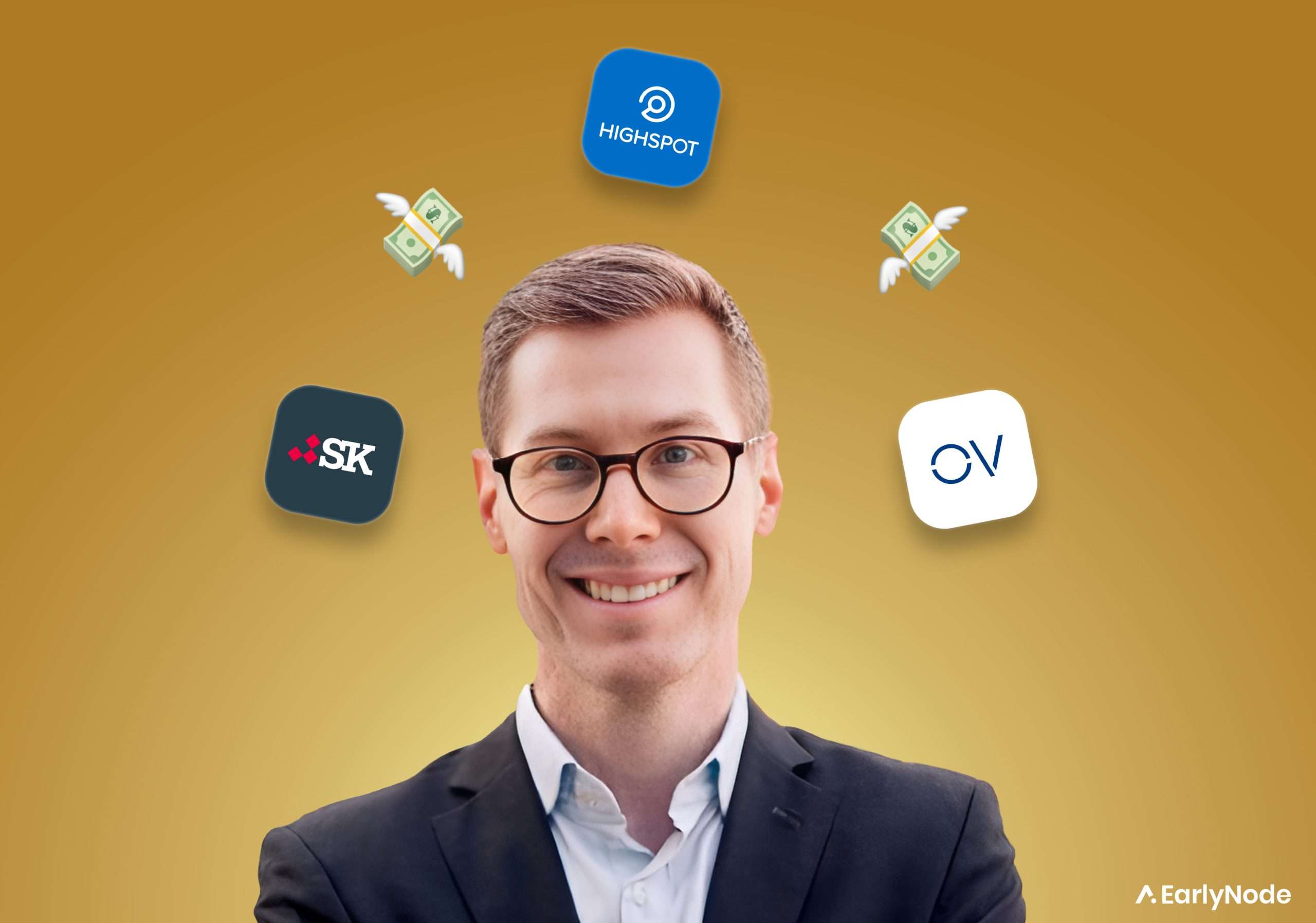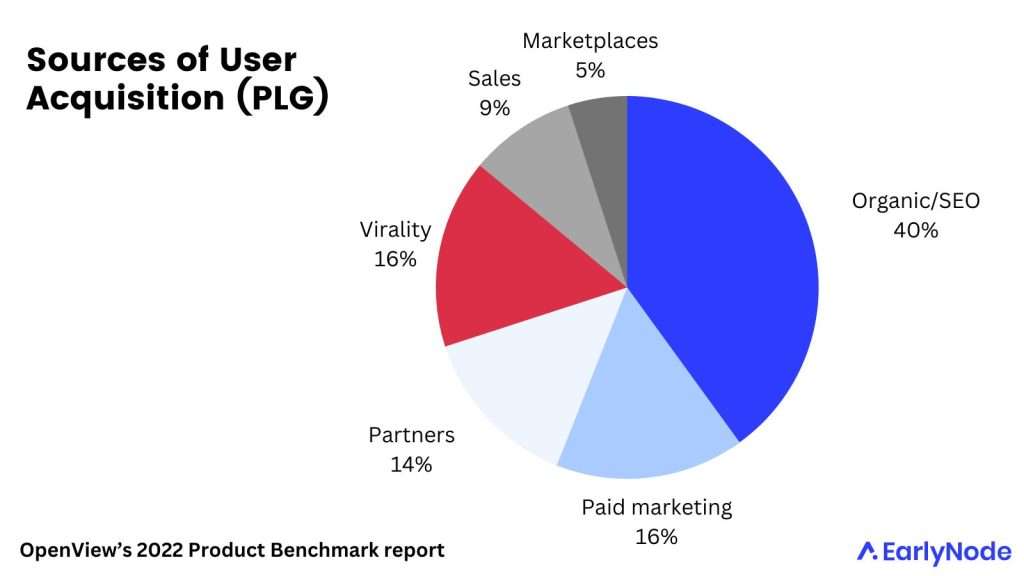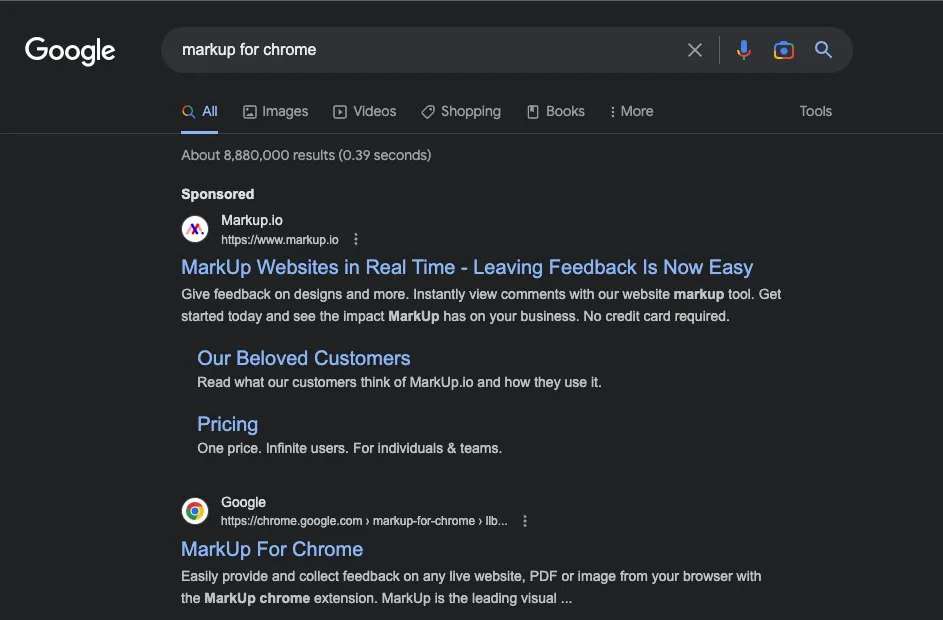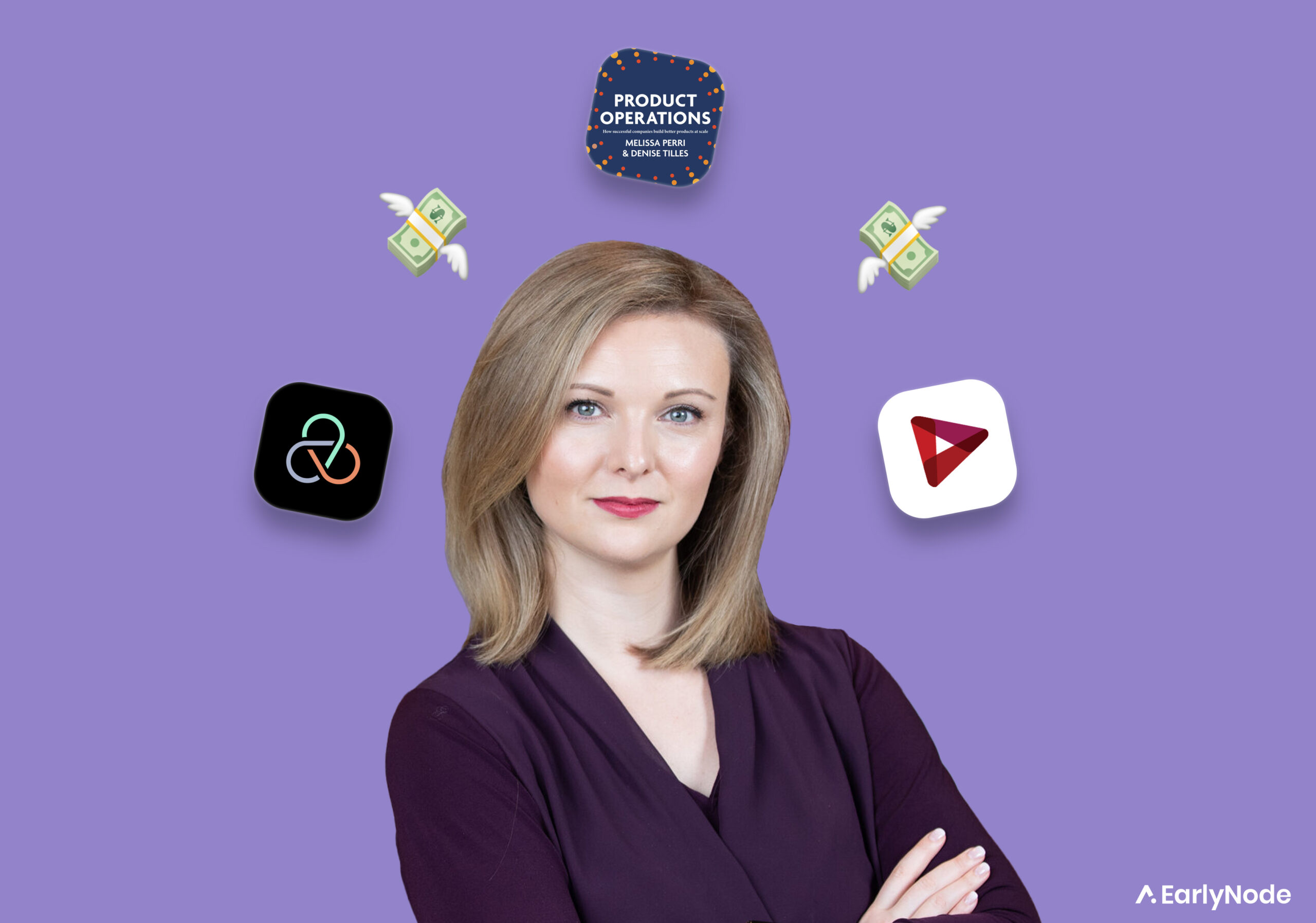User Acquisition for PLG companies with Kyle Poyar (Partner @OpenView)

Kyle Poyar is a partner at OpenView, an expansion-stage VC firm that helps portfolio companies accelerate growth and become market leaders. His team has helped the portfolio generate over $200 million in additional enterprise value in the last 4 years. His PLG newsletter Growth Unhinged has 20,000+ subscribers.
In The SaaS Operator newsletter from 13 June 2023 you’ll learn:
- How to get the viral flywheel started without breaking the bank.
- 3 acquisition strategies that drive 70% of new users for PLG startups.
- Why owning a media company might be the competitive edge you are looking for.
The Problem with PLG
The magical thing about PLG is that the product ‘sells itself’ without the need for a sales rep. From there, the product usually drives a portion of new users through virality.
The problem?
Everything works beautifully once the viral flywheel is spinning but it’s difficult to get it started.
You need proper acquisition strategies that fit the PLG playbook and make your end users easily discover your product in their moment of need.
For instance, did you know that 40% of all new users of a PLG SaaS product come from organic? It’s the number #1 source!

Since product virality is widely covered and needs thousands of users to get it going, let’s focus on the 3 other channels that the most successful PLG SaaS companies use to drive growth:
- SEO – accounts for 40% of user acquisition.
- Paid Marketing – accounts for 16%.
- Channel Partners – accounts for 14%.
Kyle explains how to use these 3 tactics to attract new users without breaking the bank.
Kickstart the flywheel with Organic
📊 PLG users acquired through this channel: 40%
If you’re considering organic, there are a few questions to ask yourself first:
- Is SEO likely to reach the end users of our product?
- How common are the user pain point(s) that we would address in our content? What’s the search volume around related terms?
NB: Even if there’s little search volume data, go with your experience and gut feeling.
- How strong is the connection between the content and our product? Will our SEO audience naturally want to sign up for the product?
If you decide to go down the SEO path, use this tactic to help drive user acquisitions:
Focus on pain points
PLG products are built with the end user in mind. Approach your marketing in the same way.
Write content on keywords related to your end user’s specific pain points. That way, when they’re googling solutions to their frustrations, your content comes up. That’ll lead them to try your product and, hopefully, become customers.
Case study: Safety Culture (B2B safety checklist software)
Safety Culture grew massively with this strategy despite being in an old-school industry:
➡️ SC discovered that their end users were looking for templates and checklists for their everyday work.
➡️ SC built a library of 90000+ free checklists and templates. All are downloadable as PDFs but can also be used online.
➡️ End users sign up for the SC app to use the library online.
➡️ After poking around on the app, they quickly discover the value of SC’s main product.
➡️ They adopt it and share it with colleagues.
💡 Takeaway: Address your end user’s frustrations to make your product discoverable.
Paid marketing
📊 PLG users acquired through this channel: 16%
One strategy that can work well for Google ads is to target relevant low-volume keywords. If a keyword has zero stats in its favor, but it just feels right, go with your gut. But remember to build a strong negative audience (people you want to exclude) when setting up your ad. The narrower your audience, the more bang for your buck.
Example: When MarkUp ran ads on the keyword, “markup in Chrome”, it had 0 search volume in keyword research tools.
But from their research, Markup knew people were actively searching for a solution, so they took a risk on the term. It paid off. Markup’s ads were topping search results.

Partner Channels
📊 PLG users acquired through this channel: 14%
Channel partners are like an extension of your marketing team. Their role is to help sell or promote your product.
Look for businesses that have similar target customers as yours, e.g., consultancies or resellers. Research which channel partner model would work best for you. Affiliate programs work best for self-serve products.
Bonus tip: Buy a media company
In recent years, several software companies have bought a media company. HubSpot acquired The Hustle, a newsletter with 2 million subs. Semrush acquired Backlinko, a newsletter reaching 170,000+ marketers.
So what’s the deal?
It turns out media companies and software products are a match made in heaven. Media companies can reach large audiences but struggle to monetize. Good SaaS products, meanwhile, are easier to monetize but can’t reach huge audiences while staying within a reasonable CAC.
If you’re VC-backed, buying a media company could be a shortcut to growing quickly. But before you go shopping:
- Test things out by sponsoring or partnering with the media company.
- Check if their audience overlaps with your target audience.
- Measure the value of owning that audience vs. other ways of reaching it.
- Research the operating costs of maintaining or growing the asset.
Dharmesh Shah, HubSpot co-founder, summed it up in a tweet:
“Next-gen software companies will have a media company embedded inside.”
Who should we cover next? If you have a SaaS expert in mind, let us know by sending us an email at saas@earlynode.com.




